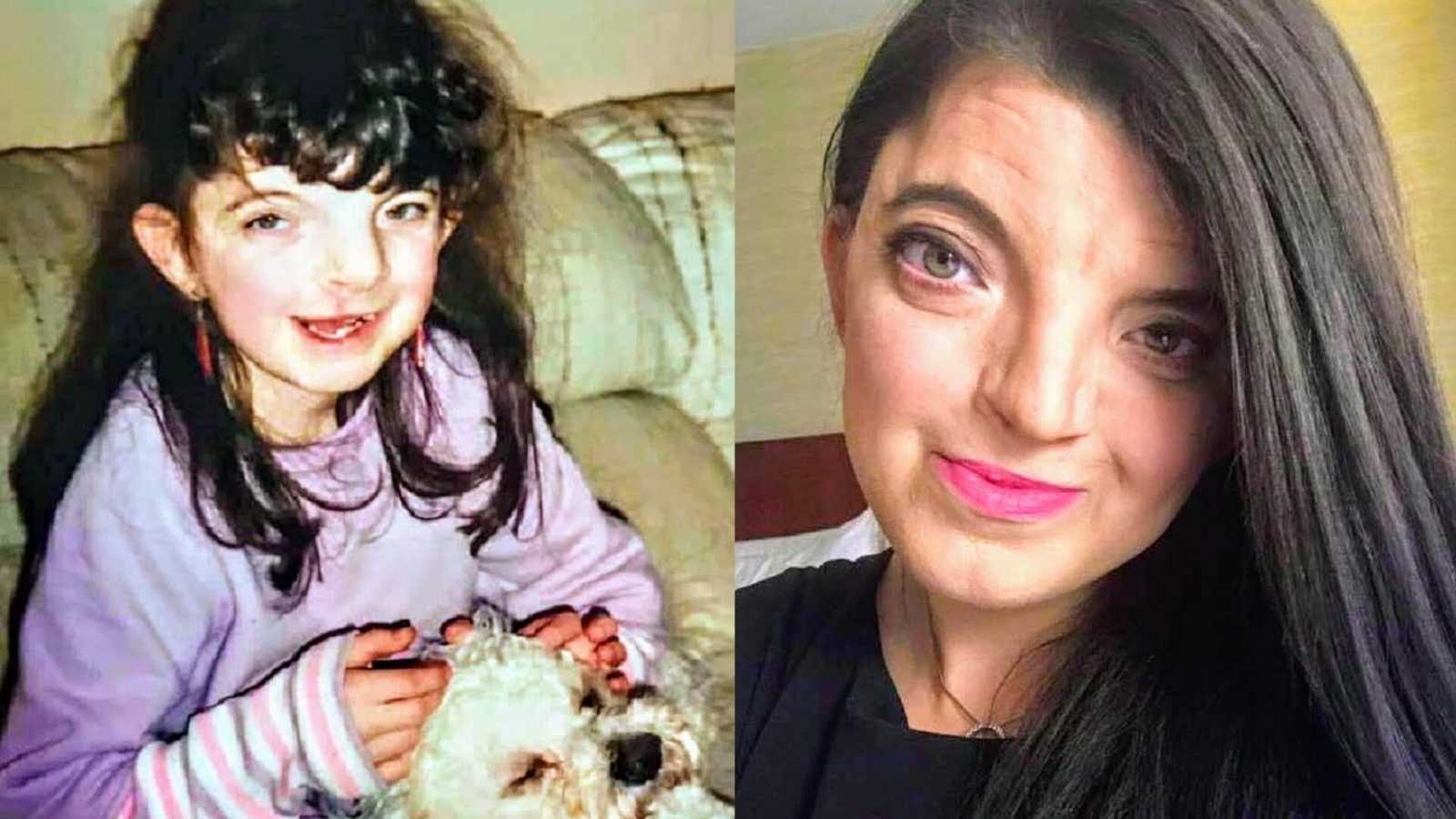Craniofontonasal Syndrome
“I was born with a cleft lip, a cleft palate, and craniosynostosis — I didn’t have a soft spot in my skull, so doctors had to create one via surgery. I had webbing between my fingers and wide-set eyes, different things they never thought were connected to each other until I did my own research. It turned out to be craniofrontonasal syndrome.
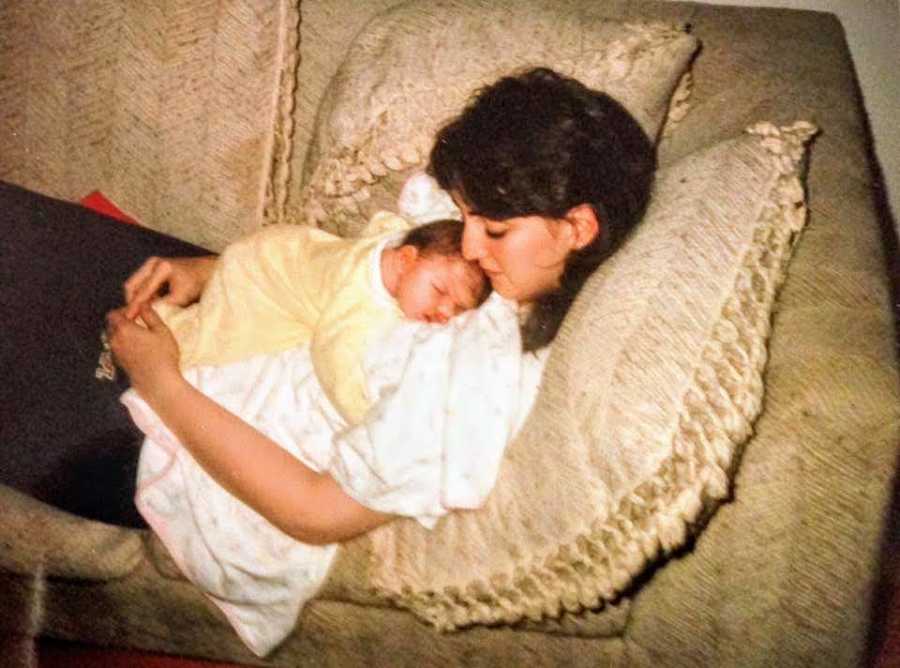
Nothing affected my internal organs, other than my sinuses and cranial-related issues. It just made me look different, which was the main thing that people noticed.
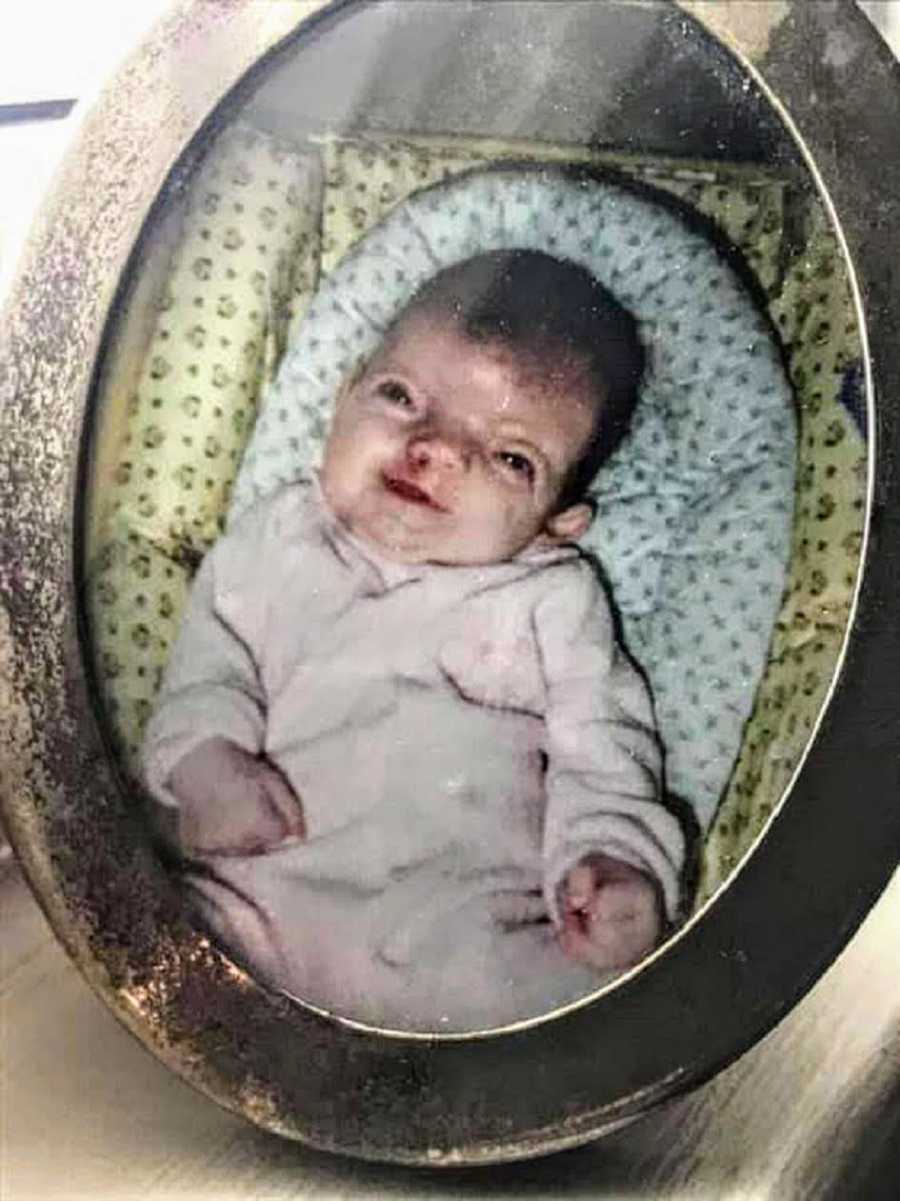
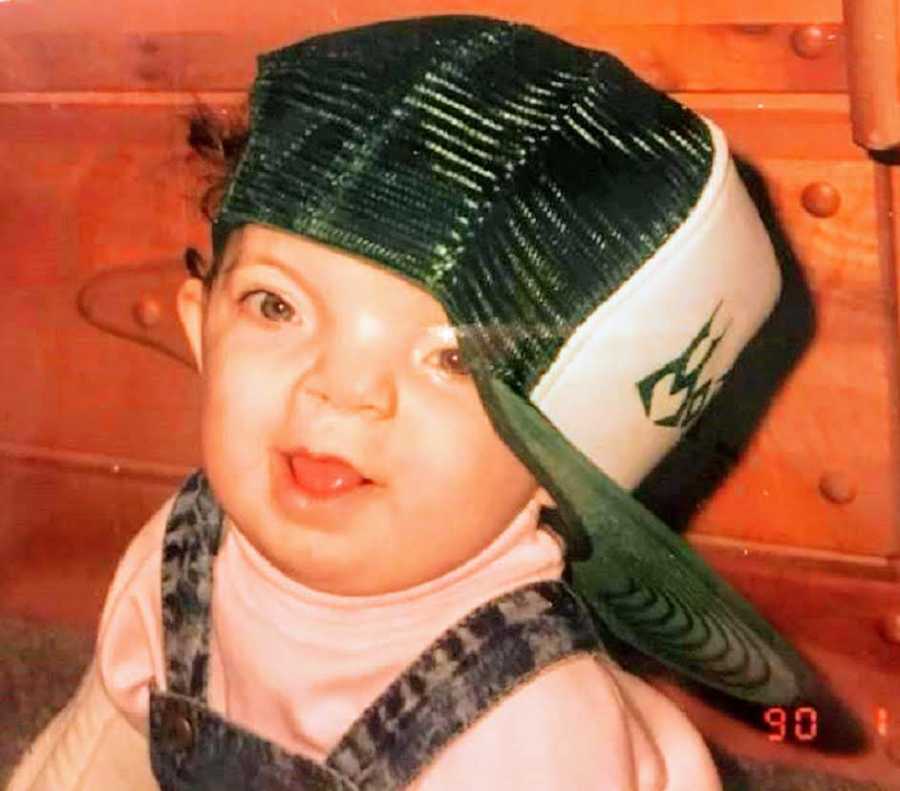
When I was a kid, my family treated me like anyone else. I went to day school from the time I was in kindergarten through eighth grade, so I was with the same peers for eight years of my life.
It was when I went outside of my comfort zone to places like the playground, the grocery store, or somewhere in public that kids would stare and ask questions or make comments like, ‘What’s wrong with your nose? Why does your face look smooshed? What happened to you?’
My mom, in her mama bear way, would get very defensive and say, ‘That’s not nice. Where is your parent?’
It wasn’t until I was in middle school when I really felt people were looking at me differently. I noticed when kids would stare, their parents wouldn’t do anything, or they would pull them away as if I was something that shouldn’t be looked at. It really damaged my self-confidence.
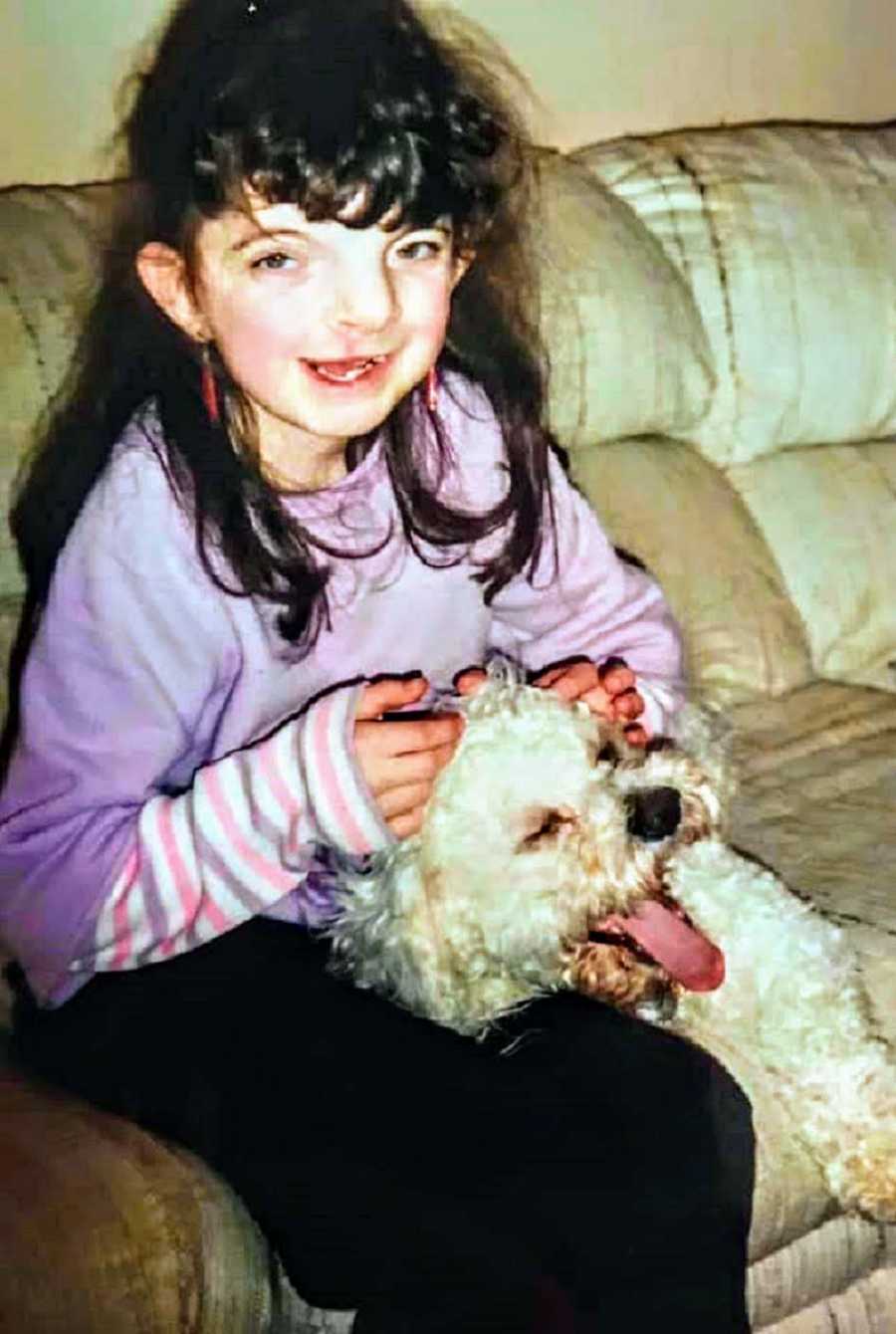
Surgeries To Look ‘Normal’
I had about a dozen surgeries from the time I was a week old until I was in college. A lot of it was to fix the cleft lip and cleft palate.
Doctors are often trying to help kids look as close to ‘normal’ as they can, even though there is no normal. There were lots of questions about: Did we want to have my eyes be surgically made closer together? Did we want my ears to be pinned back a bit so they looked more symmetrical?
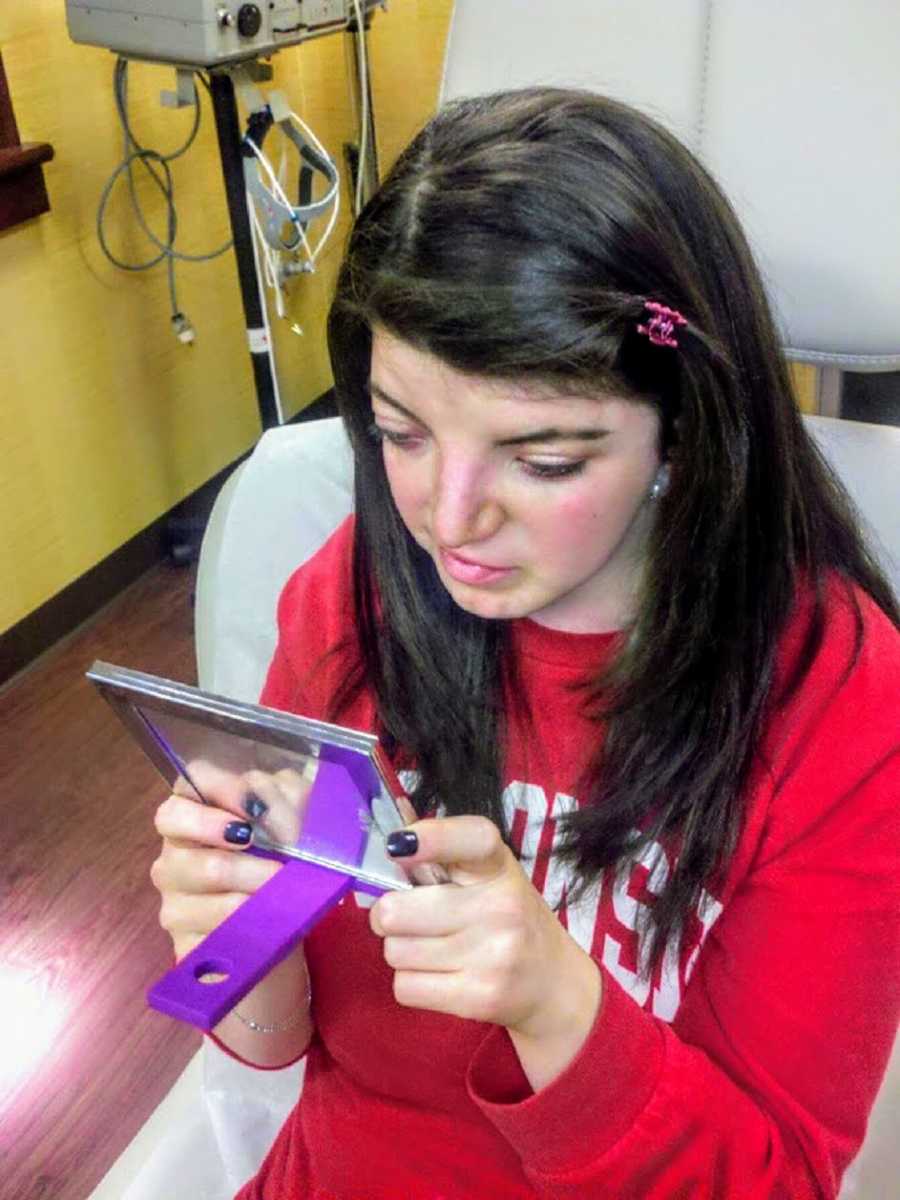
A lot of the choices my mom made were to not have those surgeries because she knew they weren’t medically needed. So most of the surgeries I had were medically necessary. I had the webbing on my fingers taken away, for example, so if I want to wear rings, I can do that — just things to make life more accessible.
My mom would always tell me how beautiful I was and how I was created the way I was supposed to be, and I would always say, ‘You’re my mom, you have to say that.’
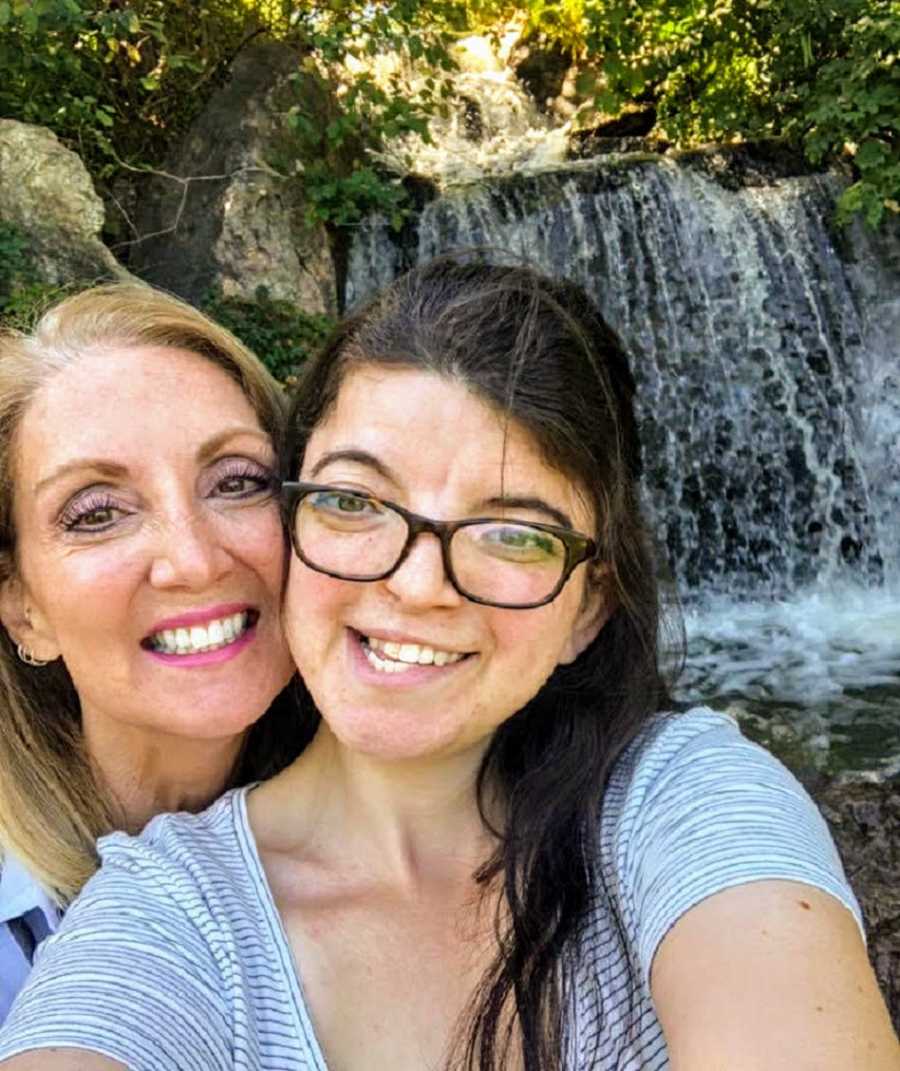
Finding My Own Beauty
When you see perfect faces in the media and advertising, you start to think, ‘I’m not leveling up.’
I never saw a representation of myself. I would spend so much time buying cuter clothes, different makeup, more jewelry to accentuate my beauty and to kind of overshadow my face. When I stripped it all down, I realized I didn’t need all that. It really had to come from inside and it took a lot of work to make that happen.
Now that I’ve come to terms with my own beauty and have realized there is not just one definition of perfection, I’m able to live authentically and not care as much about what people see on the outside because I know when they get to know me, they’re going to see who I am.
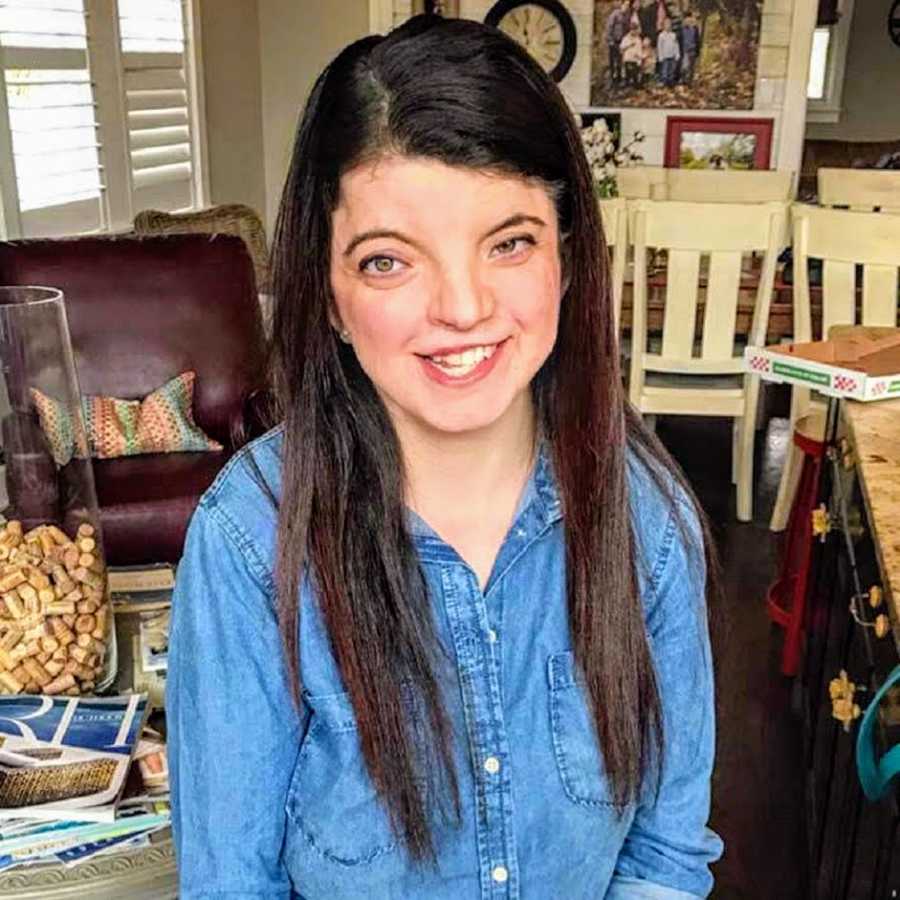
Accepting Differences
I still have plenty of moments where I don’t know exactly how I fit in. While I’m still finding new communities and meeting more kids and adults born with craniofacial differences, we are all on a varying spectrum.
Movements like Craniofacial Acceptance Month create awareness that will change the way we talk about differences and separate that from disability awareness, because I think those are two separate experiences and stories. I don’t identify as having a disability, because I don’t. Many people like me don’t identify as having a disability, they’re just different.
I’ve become more direct, blunt, and open because I feel that’s the only way we learn about each other.
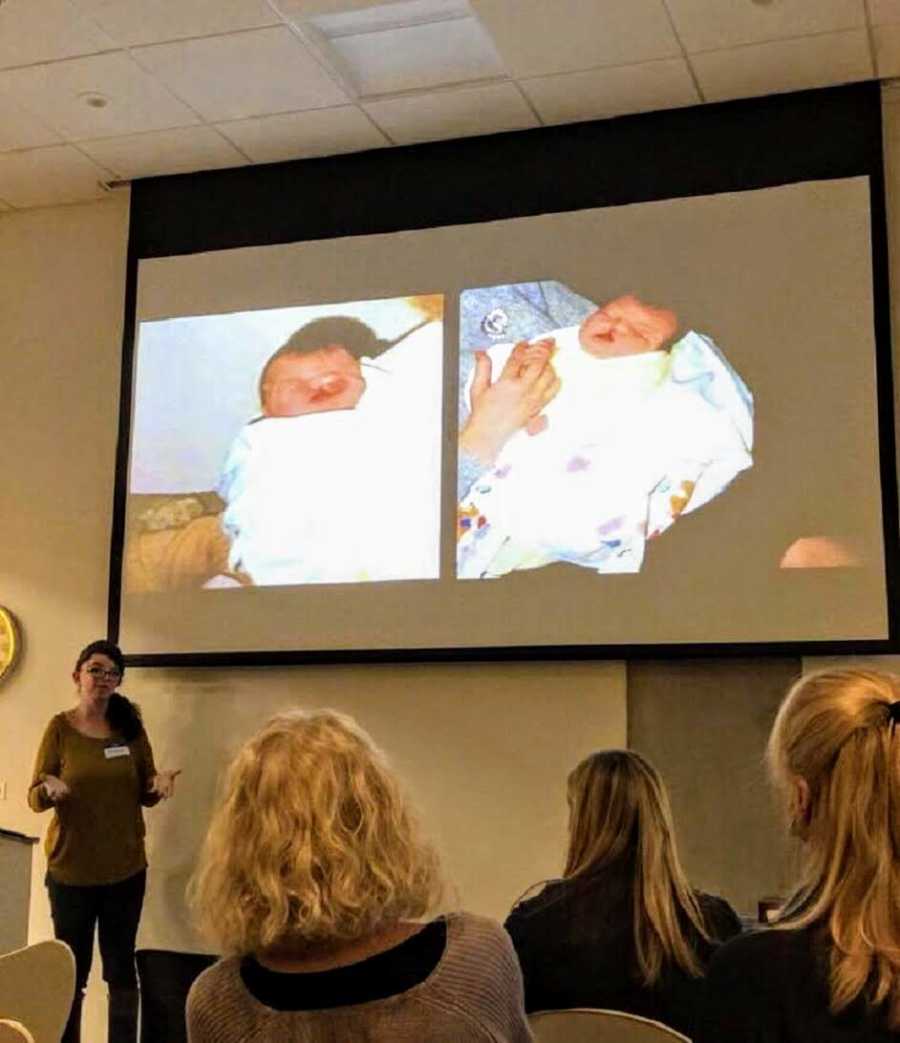
People still stare. I usually smile and wave and say, ‘Hello.’ I also just go about my business. I don’t notice it as much anymore. I don’t need to make every situation a learning experience if it’s not the right moment.
It’s natural to look at something that’s different from what you’re used to. I do it all the time. But then you have to decide what you’re going to do next. You can keep staring, which isn’t appropriate, or can you wave and say, ‘Hi.’
If you see someone who looks different, compliment them first and then enter into a conversation. It opens up dialogue. Kindness is the one thing that bonds us all together and it’s so easy. It really makes a huge difference and it settles everyone’s nerves.
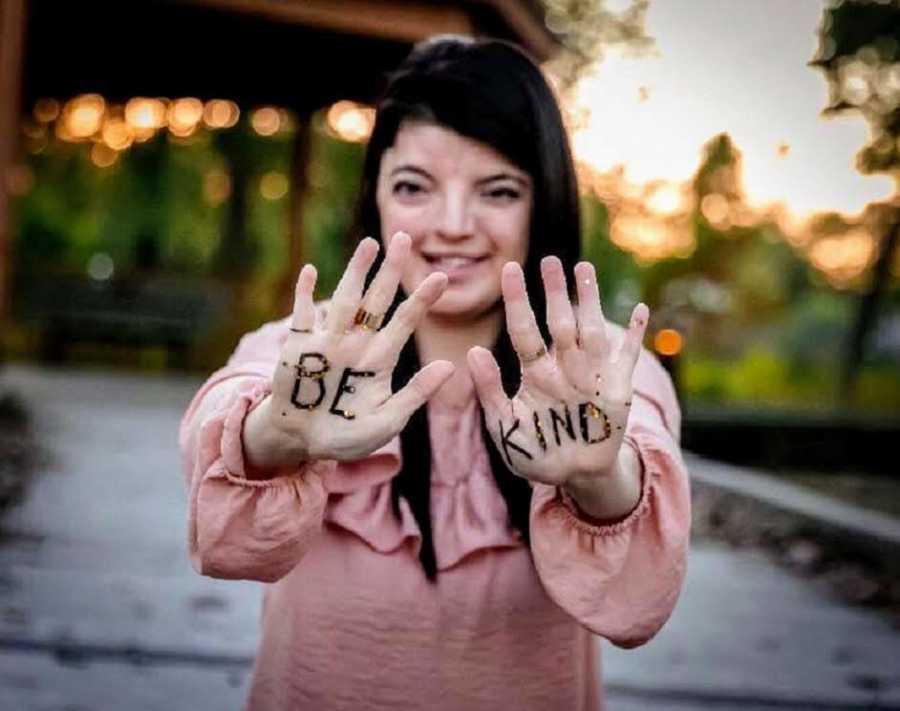
It’s all situational. In one situation, it would be totally appropriate to go up to someone and ask them, ‘My child has a question about why you have a scar on your face.’ But that may not be appropriate in another situation.
Remember we’re all human beings and we all want to be treated with respect, kindness, and just live our lives.
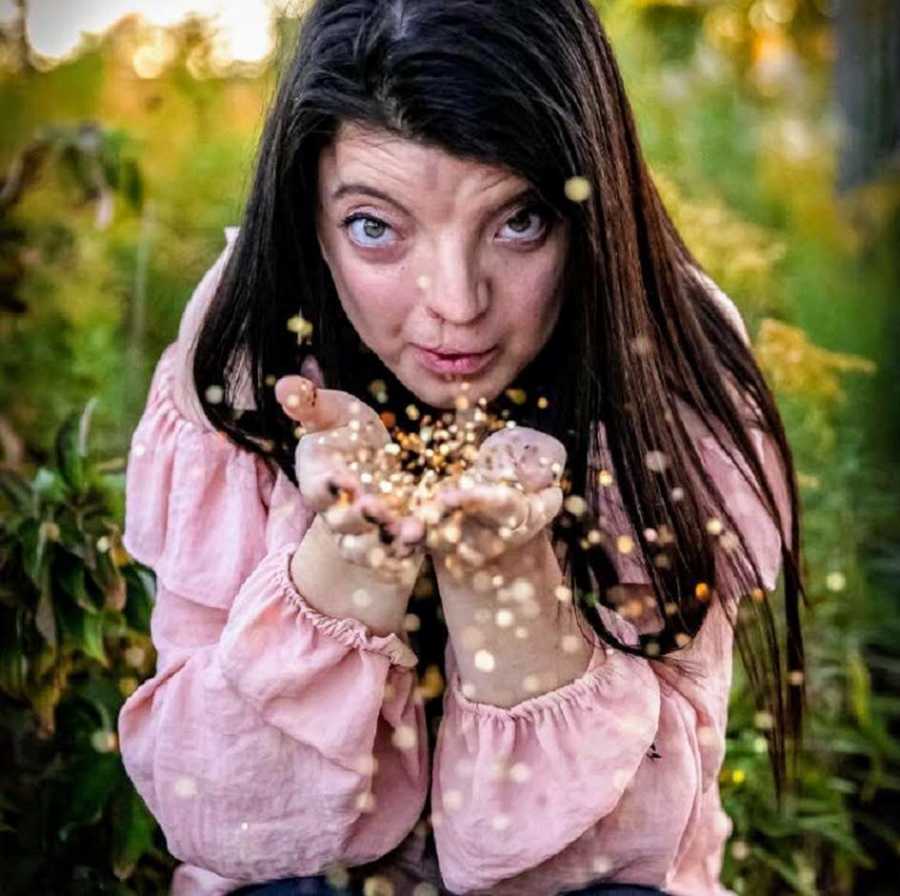
A lot of craniofacial differences are superficial. It affects some ways we live our lives, whether we need extra support for breathing, vision or hearing. But really, it’s just the way we look on the outside and if you get to know the person, I promise, we’re just like anyone else.”
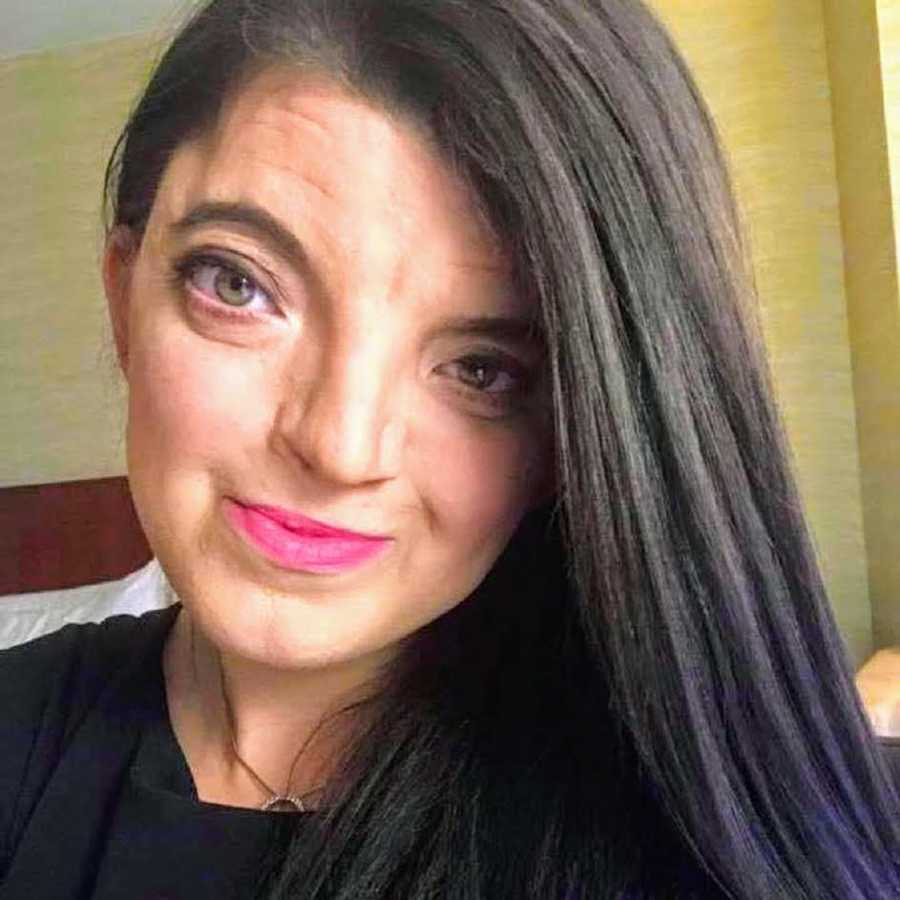
This story was submitted to Love What Matters by Rena Rosen of Chicago, Illinois, and originally appeared here. You can follow her journey on Facebook. Submit your own story here and be sure to subscribe to our free email newsletter for our best stories.
Read more stories like this:
Spread beauty and strength for others. SHARE this story on Facebook with family and friends.

